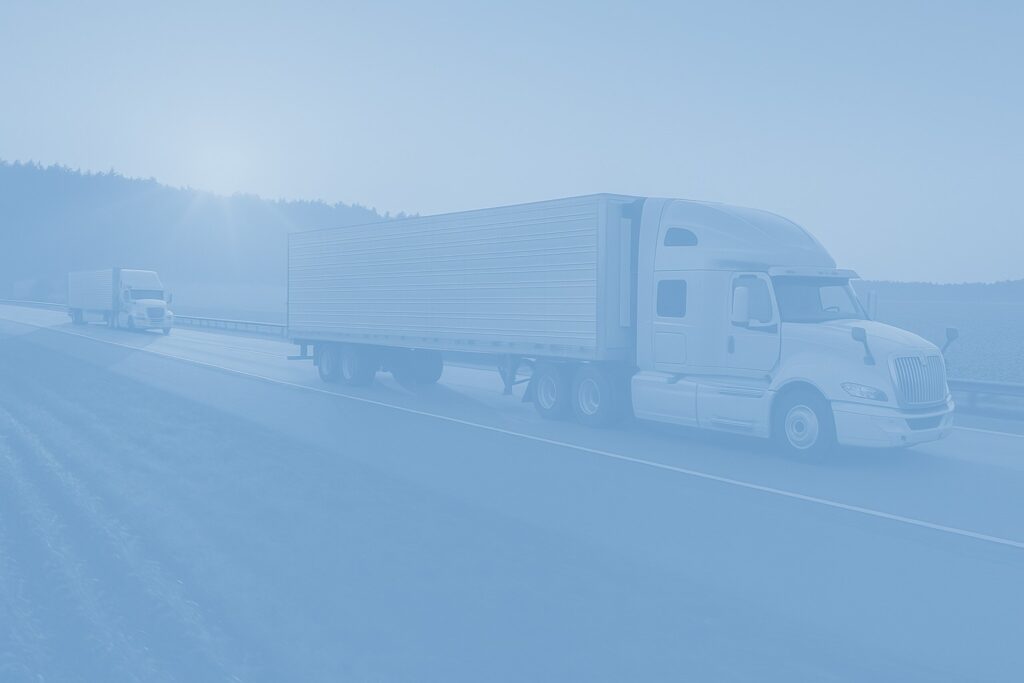
The U.S. trucking industry is central to the American economy, moving over 70% of the nation’s freight by weight. In 2025, it faces challenges and breakthroughs—from rising tariffs and regulatory crackdowns to rapid advances in green and autonomous technology. Below, we break down the latest developments shaping the future of U.S. trucking.
Heavy-duty truck manufacturers are bracing for higher production costs after new tariffs raised duties on steel, aluminum, and copper derivatives by as much as 50% under Section 232.
Impact on OEMs: Companies like Daimler Truck, Traton, and Paccar rely heavily on imported raw materials. Analysts estimate Paccar alone will absorb $75 million in additional tariff costs during Q3 2025.
Shifting Production South: To offset these expenses, many manufacturers are expanding operations in Mexico to qualify for duty-free treatment under the USMCA. Volvo, for instance, announced a $1 billion investment in Mexican production facilities.
Market Outlook: Analysts project an 11% decline in U.S. truck production in 2026, highlighting the ripple effects tariffs may have on the broader supply chain. For fleet operators, these tariffs could mean higher purchase prices and longer lead times on new vehicles, directly affecting replacement cycles and profitability.
The U.S. Department of Transportation has warned states—including California, Washington, and New Mexico—that they risk losing $50 million in federal funding if they fail to enforce English-language proficiency standards for commercial drivers.
This crackdown follows a tragic Florida highway crash in August, which reignited debates about road safety, licensing, and immigration. Advocates argue stricter enforcement is necessary for public safety, while critics warn of discriminatory application that may worsen the driver shortage.
While federal incentives for electric trucking have slowed, PepsiCo is doubling down on its fleet of battery-electric trucks.
Tesla Semi Deployment: PepsiCo now operates more than 100 Tesla Semi trucks in California, primarily for short- and mid-range routes.
Strategic Benefits: Lower maintenance and energy costs make electric rigs attractive for large-scale shippers. PepsiCo sees electrification as a way to reduce long-term operating expenses while meeting sustainability goals.
This move signals that large shippers may lead the adoption curve, pushing manufacturers and policymakers to expand EV charging infrastructure.
Aurora Innovation, a leader in self-driving technology, has partnered with McLeod Software to integrate autonomous truck shipments directly into transportation management systems (TMS).
Pilot Programs: Aurora trucks have logged over 1,200 driverless miles on Texas highways, hauling freight without onboard drivers.
Scaling Up: The company plans to expand its fleet to 20 autonomous trucks by the end of 2025.
This integration of autonomy with logistics platforms could transform freight scheduling and dispatch, potentially reducing costs and boosting carrier efficiency.
Pure Hydrogen signed a supply agreement with GTS Group, a California-based distributor, to bring hydrogen fuel-cell heavy-duty trucks into the U.S. market.
Hydrogen technology, though still in its early stages, offers faster refueling times than battery-electric trucks and could become a viable option for long-haul freight in regions where hydrogen fueling stations are deployed.
Despite innovation, 2025 has been a challenging year for many carriers. At least 17 trucking companies have shut down or filed for bankruptcy.
Closures Include: Davis Express, LTI Trucking, and TGS Transportation.
Why It Matters: Rising operating costs, high insurance premiums, and soft freight demand have left many mid-size carriers unable to survive.
The closures underscore ongoing economic pressures and highlight the need for federal and state-level support to stabilize the industry.
The Florida crash involving a foreign driver has also escalated into a broader debate about immigration, driver licensing, and safety enforcement. Policymakers are weighing tighter regulations while balancing the industry’s ongoing driver shortage.
With trucking already short an estimated 80,000 drivers nationwide, changes in licensing standards could have far-reaching consequences for supply chains and freight rates.
A unique mix of challenges and opportunities is reshaping the U.S. trucking industry in 2025. Tariffs are raising costs and driving production shifts to Mexico. Regulation is intensifying, especially around driver licensing and safety. Technology is advancing, with electric, hydrogen, and autonomous trucks all making headway. Financial pressures are forcing smaller carriers out, consolidating the market further.
Fleet owners, drivers, and logistics managers should monitor these shifts closely to adjust procurement strategies, optimize operations, and prepare for a more technologically advanced—but highly regulated—future.
The U.S. trucking industry has always been resilient, adapting to economic cycles, regulations, and market disruptions. In 2025, resilience will again be the keyword. The road ahead is full of obstacles and opportunities, from tariffs and safety mandates to the promise of cleaner, smarter trucks.
For companies willing to adapt by investing in new technology, strengthening compliance, and building flexible supply chains, the future of trucking may be more efficient and sustainable than ever.